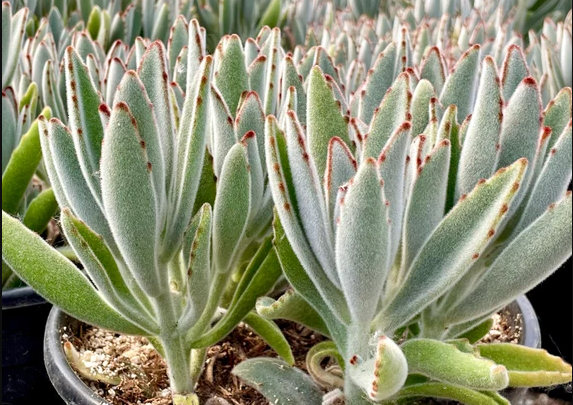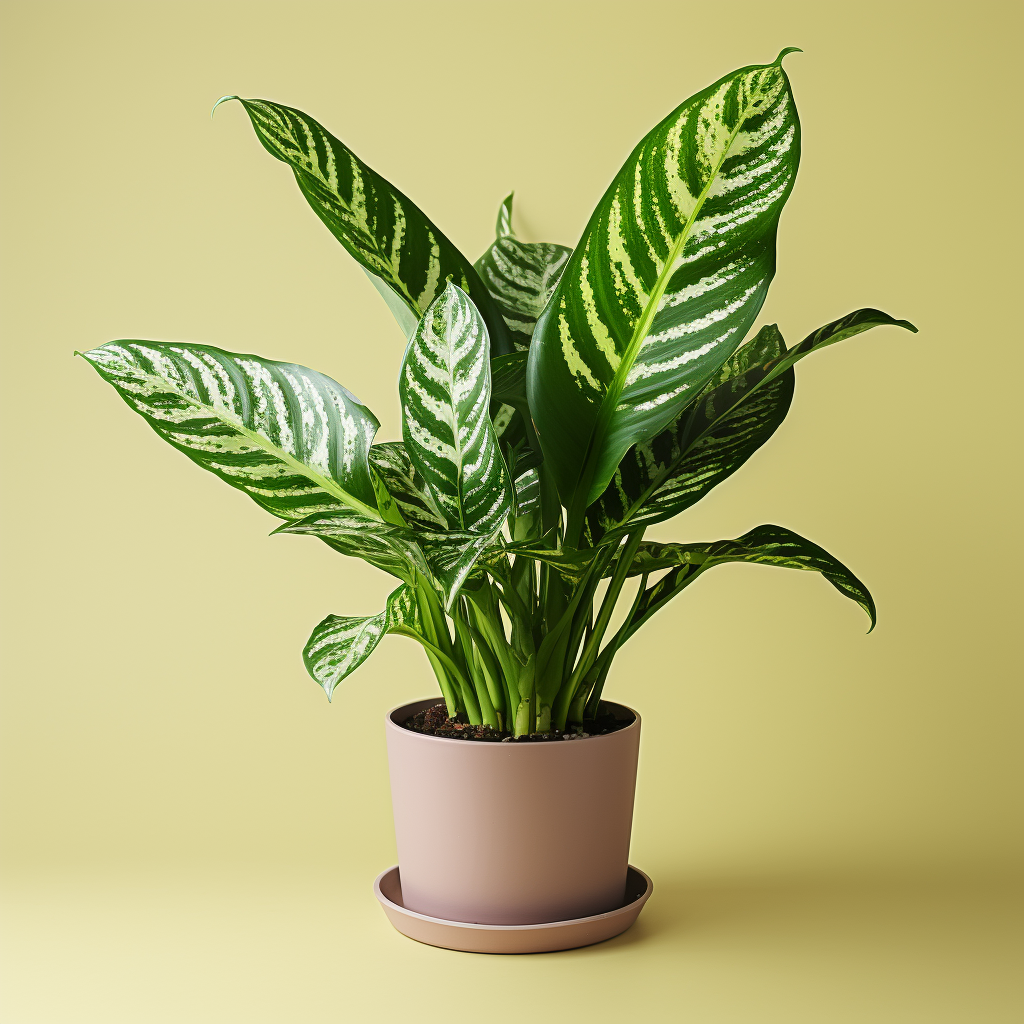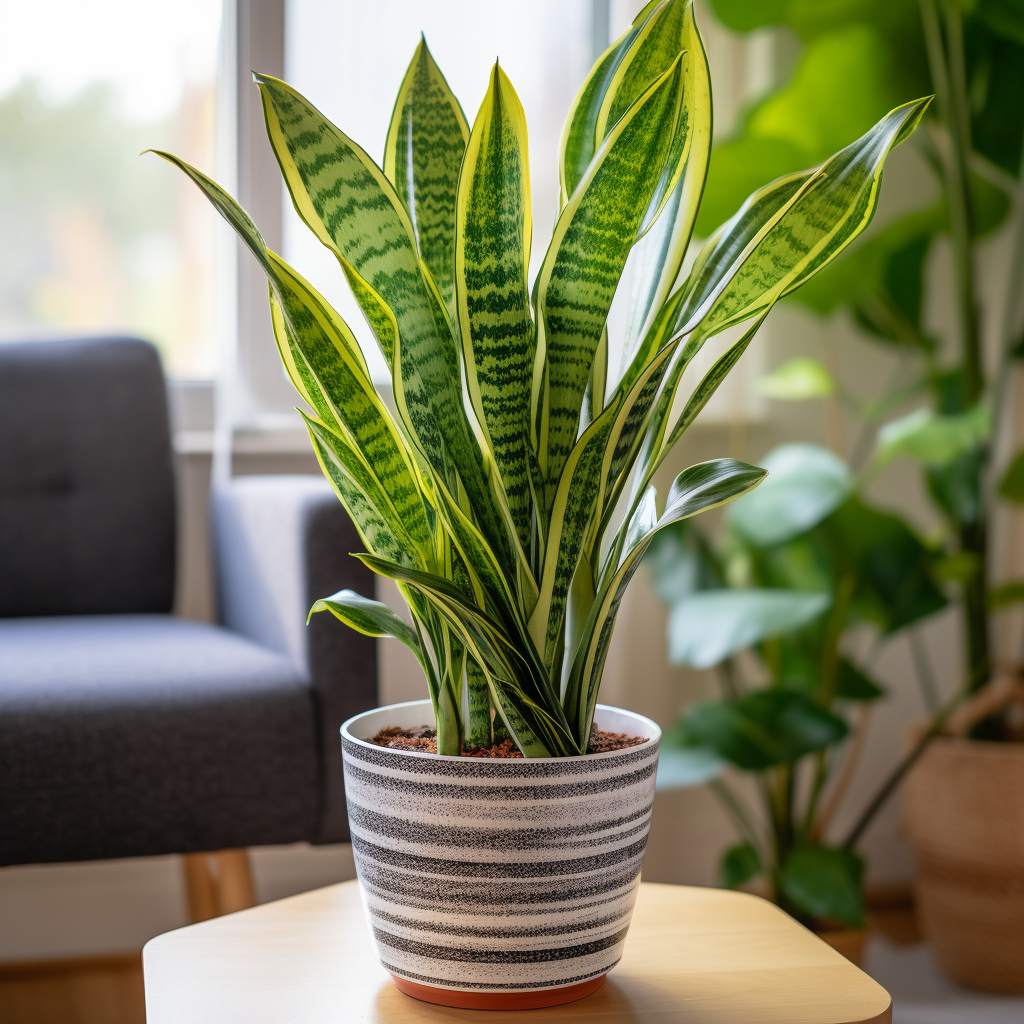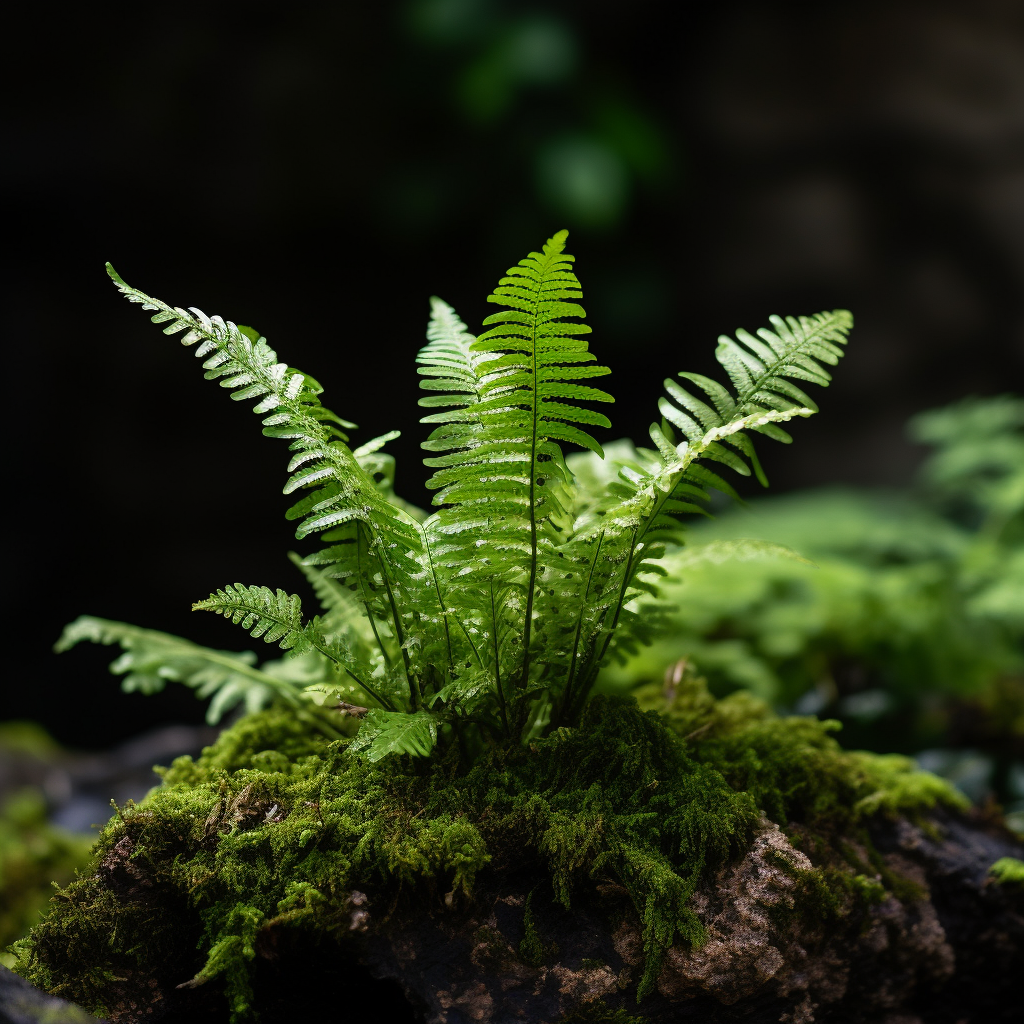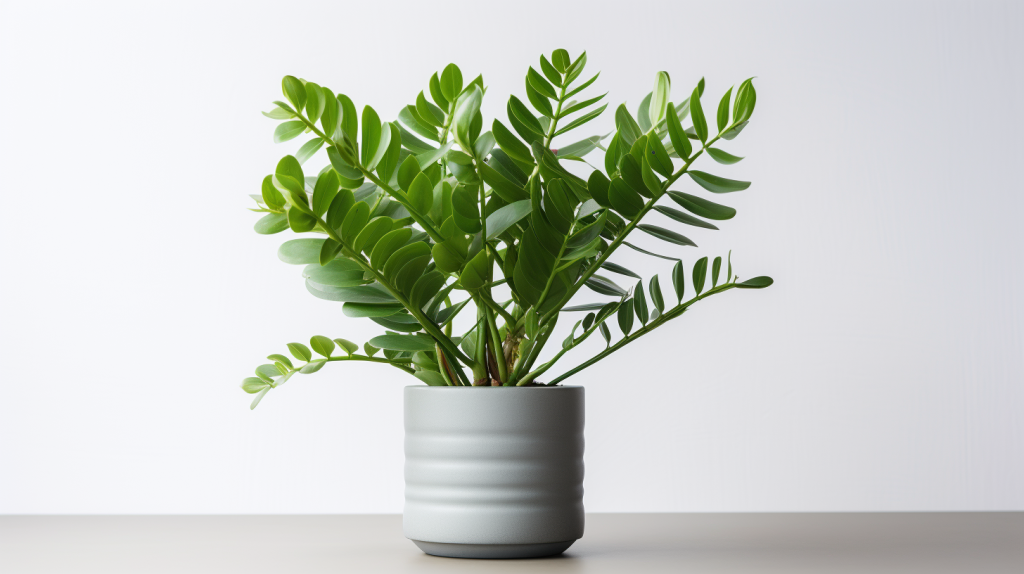If you’re searching for a unique, easy-to-care-for houseplant, your search may end at the Panda Plant, also known as Kalanchoe Tomentosa. This distinct and appealing plant, native to Madagascar, is the epitome of resilience and charm, stealing the show in any indoor garden setting. This article will provide you with a thorough overview of the Panda Plant, its growth, and maintenance tips.
What is the Panda Plant?
The Panda Plant, scientific name Kalanchoe Tomentosa, is a succulent native to the arid lands of Madagascar. Belonging to the Crassulaceae family, the Panda Plant is admired for its unique fuzzy leaves, giving it the pet names of “pussy ears” or “chocolate soldier”. Known for its low maintenance requirements, the Panda Plant has found its place in homes around the globe.
Description Of Panda Plant
Panda Plants bear an intriguing texture, thanks to their thick, oval-shaped, greyish-green leaves that are coated with fine white hairs. These succulent leaves often have a rich brown margin at the edges, enhancing its allure. These plants can grow up to about 2 feet indoors but might reach taller heights when grown in their natural habitat. The foliage grows in an upright, branching manner, leading to a bushy appearance.
What Does The Panda Plant Look Like?
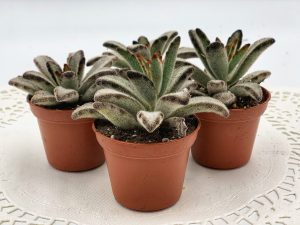
To paint a vivid picture, imagine a plant flaunting furry leaves that resemble, you guessed it, a panda’s ears! The foliage is covered with fine silvery hairs giving it a soft, velvety look and feel. The margins and tips of the leaves are often tipped with brown or rust-like color, adding contrast and charm to the overall plant.
Panda Plant Flowering
While Panda Plants primarily draw attention for their foliage, they can surprise you with flowers, typically during late winter or early spring. The flowers are small, bell-shaped, and usually come in shades of yellow. However, it’s essential to note that indoor Panda Plants rarely flower.
Panda Plant Displaying
Whether on a windowsill, desk, or in a terrarium, the Panda Plant makes an eye-catching addition. It can also work wonderfully in a succulent garden or rockery. Its fuzzy foliage and contrasting hues make it stand out, regardless of where you choose to display it.
Is The Panda Plant Poisonous?
Yes, the Panda Plant is considered toxic if ingested, mainly causing mild irritations in humans. However, it can be more harmful to pets like cats and dogs, leading to vomiting, diarrhea, and other symptoms if consumed. Therefore, it is recommended to keep it out of reach of pets.
Panda Plant Facts
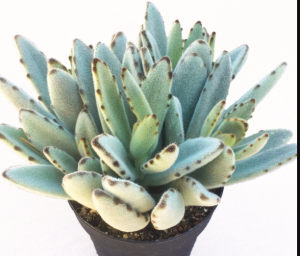
The Panda Plant, apart from its cuddly appearance, has many interesting aspects to its existence. Here’s a quick rundown of the facts:
| Fact | Details |
|---|---|
| Scientific Name | Kalanchoe Tomentosa |
| Native To | Madagascar |
| Family | Crassulaceae |
| Common Names | Panda Plant, Chocolate Soldier, Pussy Ears |
| Flower Color | Yellow |
| Toxicity | Toxic to pets if ingested |
Caring For Panda Plant
Caring for a Panda Plant is relatively straightforward. Here’s what you need to know:
| Care Aspect | Details |
|---|---|
| Light | Bright, indirect light |
| Water | Water thoroughly, let soil dry before next watering |
| Soil | Well-draining succulent mix |
| Temperature | 60°F – 75°F |
| Humidity | Low to average indoor humidity |
Common Problems
Common problems with Panda Plants mainly include overwatering leading to root rot, pest infestations like mealybugs, and leaf drop due to insufficient light or extreme temperature fluctuations.
Frequently Asked Questions
- Why are the leaves of my Panda Plant falling off?
- Rapid leaf loss often indicates stress caused by overwatering, insufficient light, or drastic temperature changes.
- How often should I water my Panda Plant?
- Watering should be done thoroughly, allowing the soil to dry out before the next watering. This usually translates to watering once every 1-2 weeks.
- Can my Panda Plant survive in low light conditions?
- Panda Plants thrive in bright, indirect light. While they can tolerate lower light levels, they may become leggy and less vibrant.
- Is Panda Plant safe for pets?
- No, Panda Plants are toxic to pets if ingested.
- Why isn’t my Panda Plant flowering?
- Flowering in Panda Plants is rare, especially indoors. It generally happens in optimal growing conditions and during specific periods of the year.
Conclusion
The Panda Plant, with its unique appearance and low maintenance requirements, is a delight for any plant enthusiast or newbie gardeners. Its care routine is simple, and even if it doesn’t reward you with flowers, its captivating foliage is enough to brighten up any corner of your home. With the right care, this fuzzy succulent can add an interesting touch to your indoor garden for years to come.
References
- The Spruce – Caring for Panda Plants
- Gardening Know How – Panda Plant Care
- Plant Care Today – Is Panda Plant Poisonous?
- Succulent City – Panda Plant Facts
- Succulent Alley – Common Problems with Panda Plants

